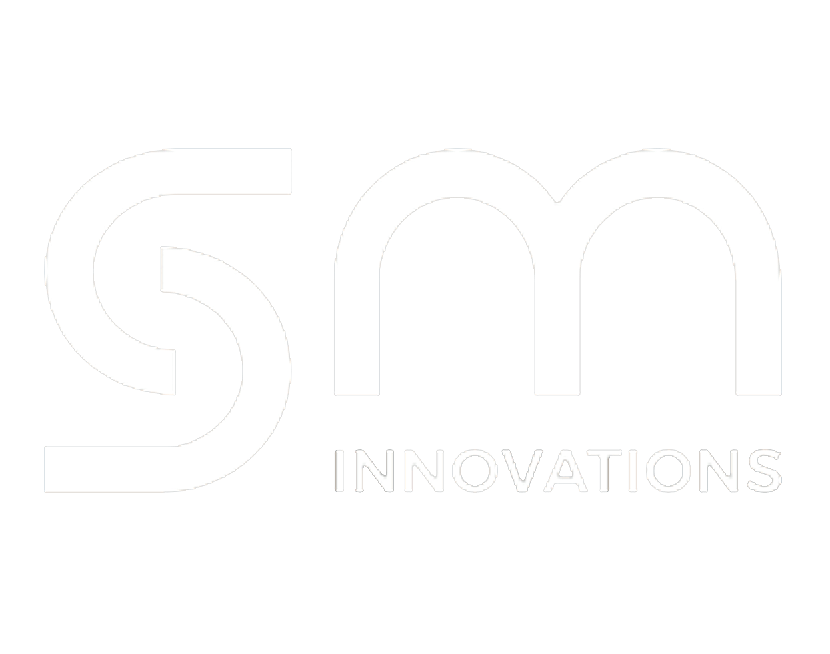If you’ve already gone through the Salesforce implementation process or are currently undergoing one, you know it isn’t easy. After months of hard work and countless Zoom meetings, you would think your team would understand its worth, but the reality is often more complicated. Many team members can be hesitant to let go of their previous systems, no matter how aggravating you personally found them.
Here are some ways you can ease some of the skepticism and supercharge your sales team without any walls in the way:
1. Reiterate the benefits of Salesforce.
Based on the results from thousands of past Salesforce customer accounts, there’s no shortage of increased productivity, strengthened customer relationships, greater transparency into team member and customer behavior, and of course, more dollar signs. Salesforce’s blog is chock full of detailed customer success stories from a wide variety of industries, including finance, healthcare, manufacturing, retail, beauty, and more. Take a look and you’ll probably find a similar previous customer.
What are your team members most concerned about? Whether it’s customer satisfaction, consolidated data, team cohesiveness, or better data analytics, Salesforce can help with that. Figure out what your team members are most concerned about and show how Salesforce can assuage their feelings.
2. Gamify Trailhead use.
Trailhead is Salesforce’s free educational site on all of its products. Even though Trailhead’s a pretty well-written, easy-to-use learning system, there’s always going to be a few folks who’ll pull a “you can’t teach an old dog new tricks” even if they’re just 25. To liven up the Trailhead journey, try to gamify it. Set up a physical or virtual scoreboard of every Salesforce user and how many badges they’ve got.
Establish some rewards for the first person to get to 20 badges, then for 50, then for 100. Some tickets to Disneyland or the nearest amusement park might give your team that extra boost to hit Trailhead. Engaging with the Trailblazer community can make the adoption process more of a social experience with complete strangers from all over the world in case the office gets quiet.
3. Get feedback from your users.
No matter how often they hear you rave about how Salesforce’s AI eliminates so many routine tasks such as data entries, there’s always going to be some concerns. AI isn’t perfect and has to be trained.
Ask your users what issues they’re having with Salesforce and how their user experience can be improved. Do they feel properly equipped to efficiently carry out their job requirements? Do they feel like they’re getting a better understanding of their customers?
Include both personal and technical questions, such as how they feel the user experience is. Perhaps there are too many unnecessary data fields or it’s not integrated with the platforms they prefer using, such as LinkedIn for sourcing prospects. That’s what Salesforce managed services admins are around to help you with.
After getting that feedback, don’t forget to bring it back to your Salesforce partner so they can figure out how to help.
4. Plan for the long run.
The time it takes to successfully implement and adapt to Salesforce can take a few months for some companies. Before you embark upon your journey, even if the implementation only takes two weeks, plan out how you’ll ease your organization into Salesforce and reap the benefits over an extended period of time.
Read up on factors to consider before implementing and plan out how you’ll use your resources over time. How will you train your employees and what’s the budget? How will you be working with Salesforce admins? Set useful milestones.
5. Measure how your team members are doing.
You can set different metrics to evaluate how well they’re catching on. For example, you can measure how many opportunities they’ve created each week, how many activities they’ve completed, and what the login rate is. Look at who’s logging in and who isn’t. You can also look at what stages their opportunities are at. If there’s an unusually disproportionate amount of opportunities stuck at the same stages, it’s possible the user doesn’t fully understand how to use Salesforce or just doesn’t have the habit of updating their info.
6. Work with the right admins and Salesforce partners.
Not all Salesforce implementation partners disappear the moment the implementation is done. Many partners offer managed services, where Salesforce admins stick around to help you maintain your Salesforce environment and help your business adapt to it. At SM Innovations, all our admins are recently certified with Salesforce’s official admin certification and have been helping a wide range of clients for quite a few years.
At SM Innovations we’re veterans at Salesforce implementations of all size companies. So if you need a little or a ton of help from outside, don’t hesitate to reach out to us to see how we can help your organization better engage with Salesforce and become experts!



